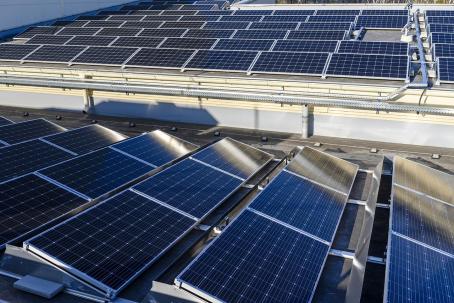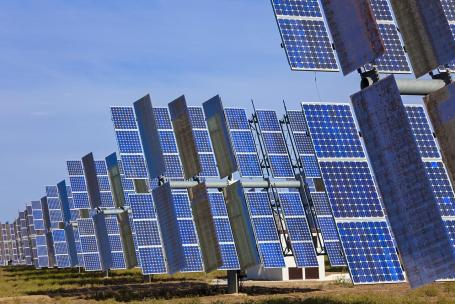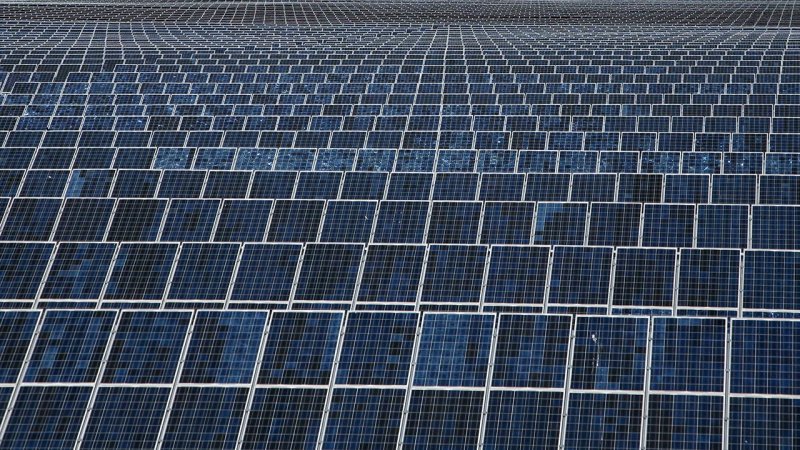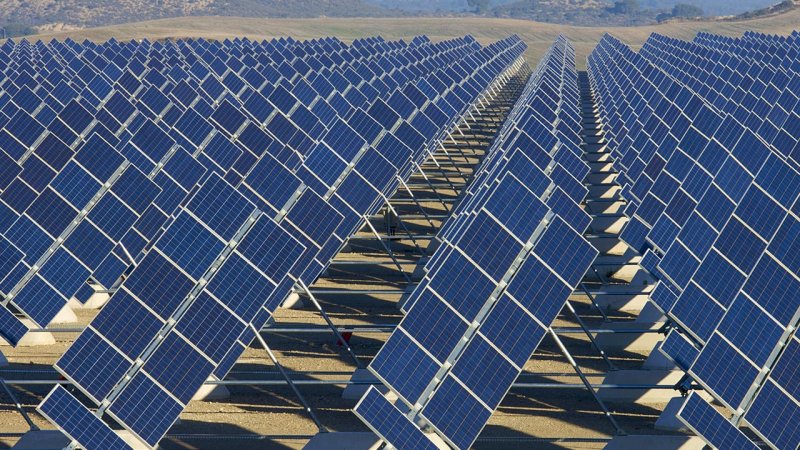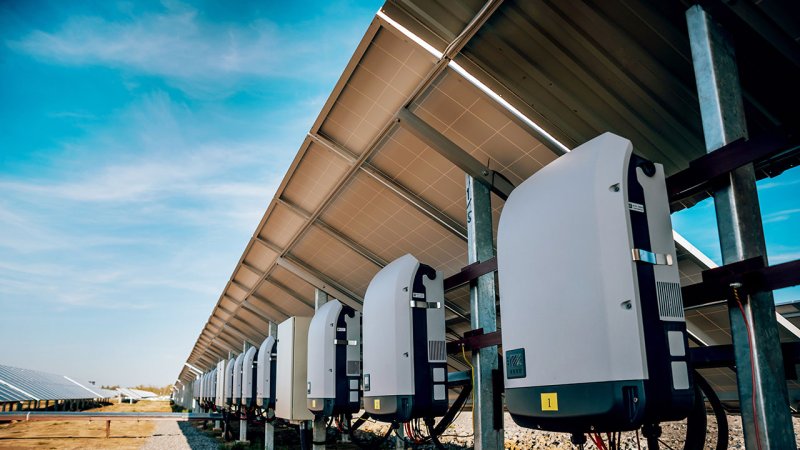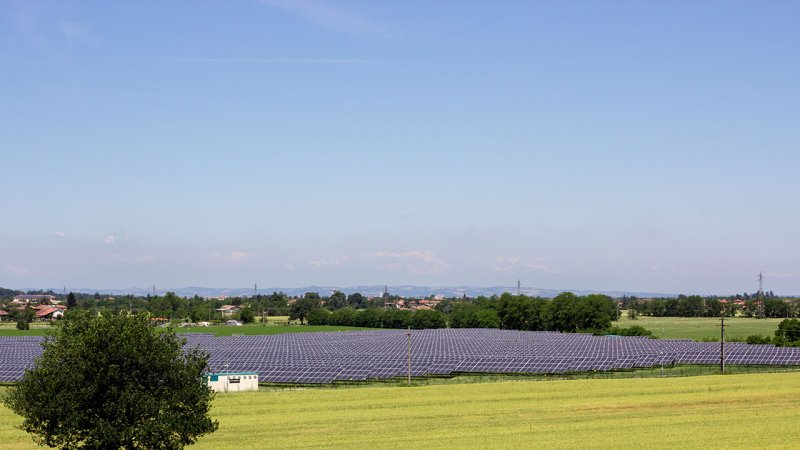
Photovoltaic Farms
3 min read
Photovoltaic Farms (PV farms) produce electric energy directly from falling sunlight in a large number of solar panels. Since the average energy production density in modern commercial installations reaches only about 140 Watts per square meter, huge areas are covered by PV farms. The majority of PV farms use simple and sturdy support structures which hold the panels in a fixed position. Installing tracking systems at a large PV farm would increase construction and maintenance costs significantly taking away much of the gain from increased efficiency. Solar panels generate direct current. The farms therefore have to have inverters and transformers to match the frequency and voltage of the grid.
Depending on the installed capacity, PV systems are divided into small systems producing several to tens of kilowatts, and large farms, with an installed capacity in the region of megawatts. Today, the installed capacities of large PV farms are close to 100 MW. In 2012, a 290 MW PV farm, the Agua Caliente Solar Project (map) in Arizona, should be commissioned. Basically all the large PV plants are connected to the grid. However, there are systems that are standalone. These are called island PV systems. In such cases, all of the production is stored in batteries for later use. Island PV systems are typically used in remote places with no access to the grid.
PV systems are being developed in Europe, predominantly in countries like Germany, Spain, Portugal and Italy. Other countries that develop them include the USA, Japan and Australia.
A 1,000 MW PV farm would require an area of approximately 50 km2. A conventional thermal fossil power plant of the same capacity only requires 2.5 km2.
The Largest Photovoltaic Farms in the World
| Name | Place Location | Output |
|---|---|---|
| Montalto di Castro Photovoltaic Power Station | Italy | 84.2 MW |
| Finsterwalde Solar Park | Germany | 80.7 MW |
| Sarnia Photovoltaic Power Plant | Canada | 80 MW |
| Rovigo Photovoltaic Power Plant | Italy | 70 MW |
| Olmedilla Photovoltaic Park | Spain | 60 MW |
| Strasskirchen Solar Park | Germany | 54 MW |
| Lieberose Photovoltaic Park | Germany | 53 MW |
| Puertollano Photovoltaic Park | Spain | 50 M |



